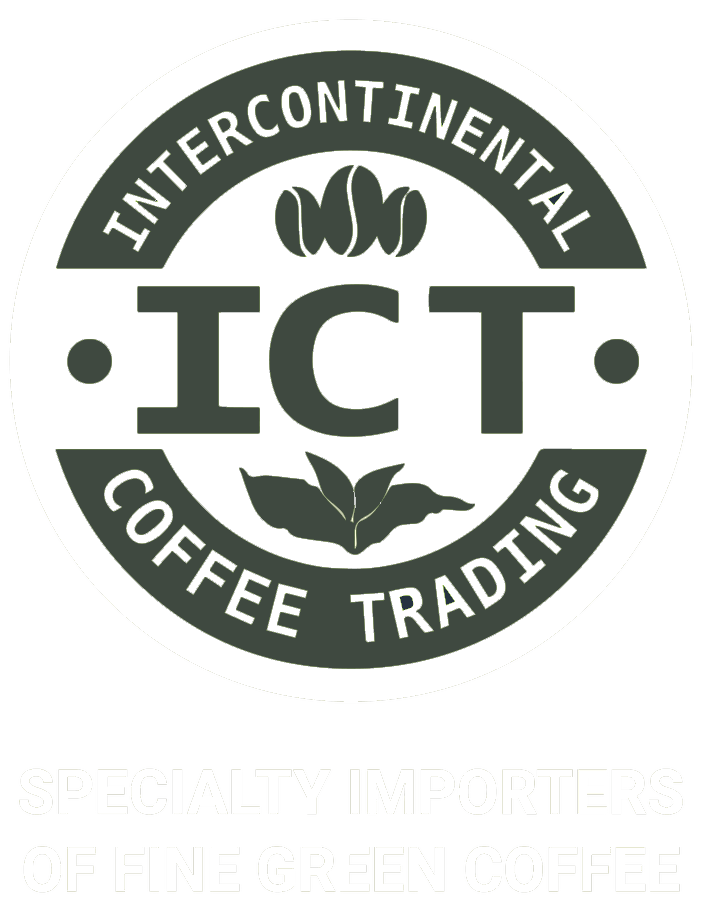There’s a reason why there are 70,000 coffee shops found throughout the United States and Canada. More people than ever are developing tastes for the different varieties of coffee found throughout the world. As a coffee vendor, you must cater to these tastes by providing a wide selection of ethically-sourced coffee beans from different countries.
One great country to start with is Guatemala. In this article, we’ll give you a crash course on what makes Guatemalan coffee and its history unique. If you’re a coffee roaster or coffee shop owner, then we’ll also give you some resources on how to find it. Let’s get started!
History of Coffee in Guatemala
Though coffee has been present in Guatemala since the 1700s, it didn’t come into commercial prominence until the 1860s. After the natural dye industry began to suffer, the government encouraged farmers to develop a new industry. Luckily, ideal elevation and growing conditions made coffee the next logical choice.
Soon a coffee plantation boom made the resource Guatemala’s largest export. In the 1960s, coffee workers started their union for worker’s rights. This union, know as Anacafé (or, Asosiación Nacional del Café) works to improve the lives of farmers in these rural areas. They do this by providing financial support to new and existing farmers.
The union also deals with marketing and research for the company. The harvest period for the country lasts between December and April. As such, the arrival period for Guatemalan coffee lands in April and June. These days, the country produces up to 4.5 million bags of coffee each year.
Different Coffee Growing Regions in Guatemala
There are seven main growing regions found in Guatemala. These include the Acatenango valley, Antigua, Cobán, Huehuetenango, Nuevo Oriente, Quiche, and the San Marcos. Antigua and Huehuetenango are the most popular regions thanks to the unique combination of sunlight, little rain, and volcanic soil.
However, unique micro conditions make every region unique. For example. The San Marcos region combines hot volcanic soil with a wet environment. Similarly, the Quiche region stands at a high elevation in a tropical rainforest. High elevation in general is what gives much of the coffee in the country its signature character.
The elevation gives coffee plants access the things it needs to not only survive but thrive. As such, the flavor of Guatemalan is robust compared to many other countries. If you want to learn more about these regions, then check out our guide. We also go into detail on the flavor profiles found in each region.
Preferred Processing Method
You’ll rarely find naturally processed coffee in Guatemala. That’s due to the high humidity levels found throughout the country. This makes it next to impossible to dry it naturally. So, most of the processed coffee in Guatemala uses a wet process. The abundance of water makes it easy to wash the beans and coat them in micro-lots of honey.
The wet processing method makes sure the results are consistent. Plus, it naturally highlights the acidity found in Guatemalan coffee. However, the increased demand has made naturally processed coffee more available in the area.
Regardless of whether your get wet or dry-processed coffee, just make sure that the end product is at its peak freshness. If you aren’t sure whether or not the coffee you’re ordering is fresh, then consult this resource.
Flavor Profile of Guatemalan Coffee
As we mentioned, the diverse number of regions in Guatemala means that there are a variety of different flavor profiles found in the country. However, in general, Guatemalan coffee tends to comes with a body that ranges from medium to high. Sweet, chocolate flavors are common, as are citrus and floral aromas.
The chocolate flavor can range from bittersweet cocoa to sugar-sweet milk chocolate. Guatemalan coffee also tends to be very acidic, so expect a bright taste that cuts through anything you put in it. If you get your coffee from regions with higher elevation, like Huehuetenango, then you’re likely to get even brighter notes. Expect notes of acidity like green apples, berries, and citrus.
How to Source Guatemalan Coffee
Did you know that some 120 million people rely on the coffee industry for their well-being? Unfortunately, to keep the price of coffee cheap, many manufacturers exploit these workers. Whether it’s underage workers or conditions that are no better than slavery, there’s no shortage of ethical problems in the global coffee industry.
And that’s not even counting the environmental problems caused by pesticides and poor farming practices. So what can you do to help when sourcing Guatemalan coffee for your business? Simple: go through a supplier that supports fair trade practices. This type of coffee might cost a little more, but it’s much more inexpensive than the alternative.
Rising demand in countries like China and India means if practices don’t change means coffee beans will be harder to come by. That means higher prices for a worse product. So, ethically sourcing your Guatemalan is a step in the right direction when it comes to fixing problems in the coffee industry.
Interested In Green Coffee For Your Business? Let Intercontinental Coffee Trading Help You
We hope this article helped you learn more about the different types of Guatemalan coffee. If you’re interested in this coffee type for your business, then you probably want to know where you can source it. Unfortunately, too many coffee suppliers deliver coffee at the expense of the farmer. So how can you ethically source your Guatemalan coffee?
By purchasing through wholesale importers like Intercontinental Coffee Trading. Here at ICT, we believe in cultivating relationships that are beneficial for everyone involved in the production.
That’s why we partner with organizations like World Coffee Research to bring you the fairest cup of coffee possible. If you’re ready to learn about the wide variety of coffee we offer, then get in touch with us today.
